Capacitor plugins connect web technologies with native device features, enabling cross-platform app development. This guide helps you:
- Set Up Your Environment: Tools like Node.js, Xcode, and Android Studio are essential.
- Follow Code Standards: Use TypeScript, Swift, and Kotlin with consistent naming conventions and error handling.
- Test Thoroughly: Write unit tests for JavaScript, iOS, and Android to ensure reliability.
- Document Clearly: Use JSDoc and README files for easy adoption.
- Submit a Pull Request: Ensure high-quality code, testing, and documentation before contributing.
Complete Guide to Open Source - How to Contribute
Development Environment Setup
Creating a proper development environment is key to efficient plugin development. A well-prepared setup allows for smooth coding, testing, and deployment of your plugins.
Tools and Skills You’ll Need
Before starting, make sure you have the following tools installed:
| Category | Requirements |
|---|---|
| Core Tools | Node.js (LTS), npm 6+, Git |
| IDE/Editors | Visual Studio Code or your preferred editor |
| iOS Development | Xcode, SwiftLint, CocoaPods |
| Android Development | Android Studio, Android SDK, JDK |
You should also be comfortable with TypeScript for web development and either Swift (for iOS) or Java/Kotlin (for Android) for native development tasks [1][2].
Setting Up the Monorepo
The Capacitor plugins ecosystem relies on a monorepo structure. This approach ensures your work aligns with community standards right from the start.
-
Fork and Clone the Repository
Start by forking the Capacitor plugins repository on GitHub. Then, clone your forked repository:Terminal window git clone https://github.com/your-username/capacitor-plugins.gitcd capacitor-pluginsnpm install -
Install Dependencies and Build
Run the following command to install everything you need and build the plugins:Terminal window npm run build -
Set Up Version Control
Use feature branches for your changes and keep your fork synced with the upstream repository.
Preparing Native Platforms
For cross-platform development, you’ll need to configure both iOS and Android environments.
For iOS:
-
Download Xcode from the Mac App Store.
-
Install command-line tools using:
Terminal window xcode-select --install -
Install CocoaPods with:
Terminal window sudo gem install cocoapods -
Set up an Apple Developer account and necessary certificates.
-
Use SwiftLint (optional) for maintaining code quality.
For Android:
- Install Android Studio along with the latest SDK and a virtual device.
- Ensure you have a JDK installed.
- Configure the Android SDK properly within Android Studio.
Once these platforms are set up, you’ll be ready to follow established coding practices and dive into plugin development.
Code Standards Guide
Now that your development environment is set up, stick to these guidelines to build plugins that are easy to maintain and use.
Style Guide Compliance
The Capacitor plugin ecosystem enforces strict coding standards using tools like ESLint, Prettier, and SwiftLint. Here’s a quick overview of the required formatting:
| Component | Format |
|---|---|
| Variables | deviceInfo (camelCase) |
| Classes | BatteryManager (PascalCase) |
| Methods | getLanguageCode() (camelCase) |
| Constants | MAX_RETRY_COUNT (SNAKE_CASE) |
Plugins should use TypeScript for better type safety and ES6+ features like async/await. Additionally, follow platform-specific coding conventions for Swift (iOS) and Kotlin (Android).
Error and Type Management
Consistent error handling is crucial for cross-platform compatibility. Here’s an example:
async checkPermissions(): Promise<PermissionStatus> { try { const result = await this.implementation.checkPermissions(); return result; } catch (error) { throw new Error(`Permission check failed: ${error.message}`); }}For type safety:
- Use focused interfaces tailored to specific use cases.
- Apply union types for platform-specific variations.
- Implement type guards to validate types at runtime [1].
Code Documentation
Good documentation is key to making your plugin accessible and easy to use. Stick to these practices:
- API Documentation: Write JSDoc comments that work with
@capacitor/docgen. For example:
/** * @description Get the device's current battery level * @returns Promise with the battery level percentage */async getBatteryLevel(): Promise<{ level: number }>;- README Structure: Include essential information like installation steps, configuration instructions, platform-specific requirements, usage examples, and a detailed API reference.
Well-written documentation ensures that your plugin is easy to adopt and contributes to the broader Capacitor community.
sbb-itb-f9944d2
Plugin Testing Guide
Testing Capacitor plugins involves focusing on a few critical areas to ensure smooth functionality and reliability.
Native Bridge Tests
Native bridge testing ensures proper communication between JavaScript and native code. To get started, set up your testing environment with frameworks tailored to each platform.
Here’s an example of a Jest unit test for the JavaScript side:
// Example of a Jest unit test for the JavaScript bridgedescribe('DeviceInfo Plugin', () => { test('getBatteryLevel returns valid percentage', async () => { const result = await DeviceInfo.getBatteryLevel(); expect(result.level).toBeGreaterThanOrEqual(0); expect(result.level).toBeLessThanOrEqual(100); });});For testing on the native side, use XCTest for iOS and JUnit for Android. Below is an example for Android:
@Testfun testBatteryLevel() { val plugin = DeviceInfo() val result = plugin.getBatteryLevel() assertTrue(result.level in 0..100)}Once you’ve confirmed the core bridge functionality works as expected, move on to testing complete user workflows.
Complete Plugin Tests
To ensure your plugin performs well across different scenarios, test various categories:
| Test Category | Key Focus Areas |
|---|---|
| Integration Tests | Cross-platform functionality |
| Performance Tests | Resource usage and response times |
| Security Tests | Data handling and permission checks |
For plugins with complex features, simulate real-world user scenarios. For instance, if you’re testing a DeviceInfo plugin, check for:
- Successful uploads under different network conditions
- Accurate progress reporting
- Memory usage during large file transfers
OTA Testing with Capgo

Capgo’s open-source tools make it easy to deploy and test updates quickly. Here’s how to use it:
- Set up update channels like dev, staging, and production.
- Automate deployments with CI/CD tools.
- Push updates instantly.
- Monitor performance and issues via the Capgo dashboard.
For phased rollouts, Capgo allows you to limit updates to a small percentage of users. For instance, you can roll out a new version to 25% of users every 24 hours:
// Example configuration for staged rollout{ "plugin": "camera-plugin", "version": "1.2.0", "rollout": { "percentage": 25, "interval": "24h" }}This phased approach helps identify issues early by leveraging community feedback before a full release.
Pull Request Process
Once you’ve thoroughly tested your changes, follow these steps to submit your pull request:
PR Submission Checklist
Before submitting, make sure you’ve covered these key areas:
| Category | What to Check |
|---|---|
| Code Quality | - Ensure Swift/Kotlin implementations align with the web API. |
| Testing | - Add unit tests for any new functionality. - Confirm CI/CD pipeline checks are successful. |
| Documentation | - Update the README, inline documentation, and CHANGELOG as needed. |
Community Guidelines
When collaborating, stick to these best practices:
- Respond quickly to reviewer feedback.
- Keep discussions focused on technical details.
- Use GitHub’s suggestion feature to propose code changes.
- Submit small, focused pull requests that address one feature or issue at a time.
For larger changes, it’s a good idea to create an issue first and discuss your approach. The Capacitor team relies on GitHub Actions for automated checks, and all checks must pass before your pull request can be reviewed.
Capgo Integration Guide
If your plugin involves live updates, ensure it works seamlessly with Capgo before submitting:
-
Version Control
Use clear semantic versioning for your plugin, and document all changes in the changelog. Capgo’s system helps track version adoption across user devices. -
CI/CD Integration
Integrate Capgo into your CI/CD pipeline to automate update deployments. -
Update Monitoring
Monitor deployment success rates and ensure compliance with app store guidelines.
Summary
To make a meaningful contribution with your plugin, it’s important to follow the established process and meet community standards. This includes sticking to Capacitor’s coding guidelines and thoroughly testing your work.
The PR checklist highlights the need for high-quality submissions. If your plugin supports live updates, integrating with Capgo (as mentioned earlier) can help you release updates quickly without waiting for app store approvals.
Once your PR is merged, stay involved by tracking issues and releasing version updates. Regular interaction with the community, consistent maintenance, and keeping up with Capacitor updates will ensure your plugin stays useful and relevant.
Pay attention to user feedback and make updates as needed. This ongoing effort helps maintain the overall quality of the ecosystem and keeps your plugin valuable for developers.




